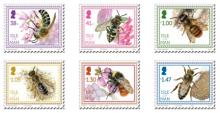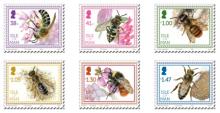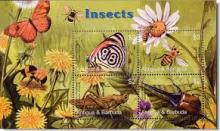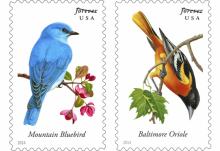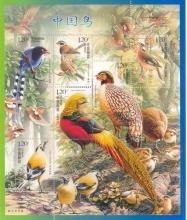A new study from Harvard implicates imidacloprid and clothianidin in the ongoing plague of honeybee CCD
A team of Harvard biologists has come closer to cracking the mystery of honeybee Colony Collapse Disorder (CCD), eight years after its appearance. CCD persists in transforming bee colonies around the world into ghost towns: by the end of each winter, some colonies wind up littered with dead bees and emptied of many more, with no signs of renewal. "One of the defining symptomatic observations of CCD colonies is the emptiness of hives in which the amount of dead bees found inside the hives do not account for the total numbers of bees present prior to winter when they were alive," states the report, published May 9 in the Bulletin of Insectology.

